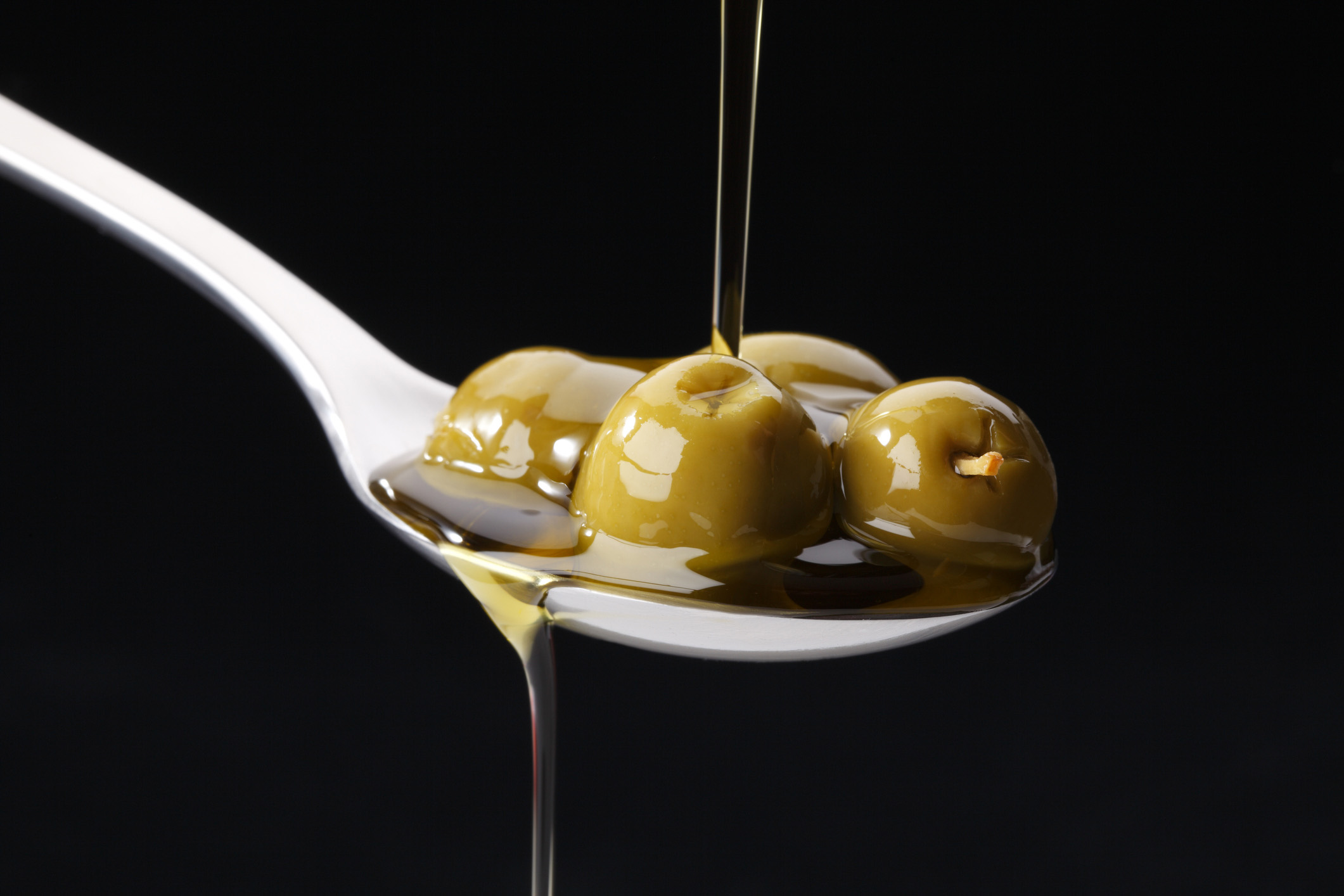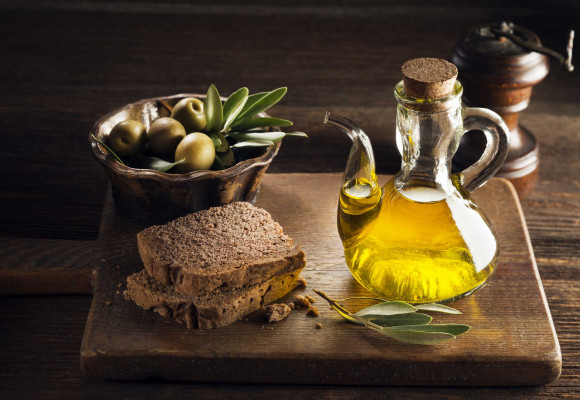As you well know, olive oil acidity is not related to its taste. Rather, the acidity levels determine whether or not an olive oil is of superior quality, medium quality or one that is not suitable for consumption. The lower the level of acidity, the better the nutritional quality of the oil.

WHAT EXACTLY IS ACIDITY?
This feature of olive oil is determined by its molecular composition. Oil is made up of fatty acidst that generally come in groups of three, thanks to glycerol, the molecule that unites them. This group is called triglyceride.
This glycerol can easily be subject to degradation in oxidizing or aggressive environments, causing the triglyceride molecules to be destroyed, leaving free fatty acids. These free fatty acids determine the level of olive oil acidity. The greater the quantity of free fatty acids, the higher the acidity, consequently reducing the quality of the olive oil.
WHAT IS THE LEVEL OF ACIDITY IN EXTRA VIRGIN OLIVE OIL?
The only thing left to do now is to determine the acidity levels in order to choose an optimum quality oil. To begin with, an olive oil should never exceed 2% acidity, and if it does, that oil should not be on the market as it is not healthy.
Virgin olive oil acidity is usually lower than 2%, and the extra virgin variety, which is the highest quality, has less than 0.8% acidity, as is the case with Carapelli oils. The latter is the optimum oil for consumption.
Health is the most important thing we have, so don’t skimp when it comes to getting the best quality food. That’s why you should make sure the acidity of the olive oil you consume is as low as possible, as is the case with our extra virgin oils that, in addition to a supreme quality, will awaken all of your senses.
Source: NCBI



